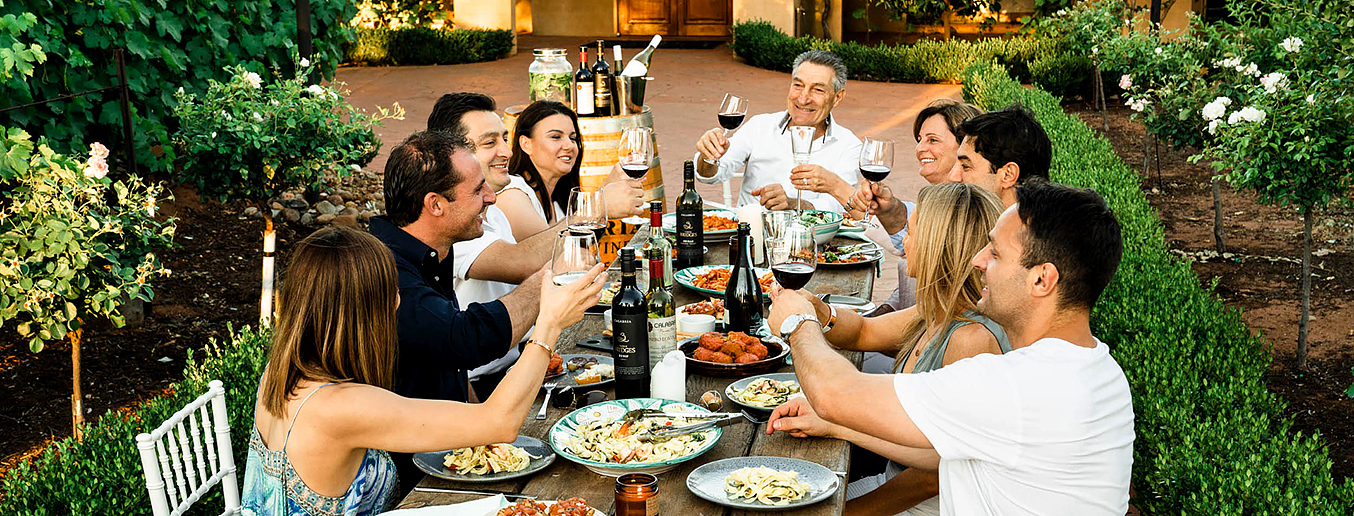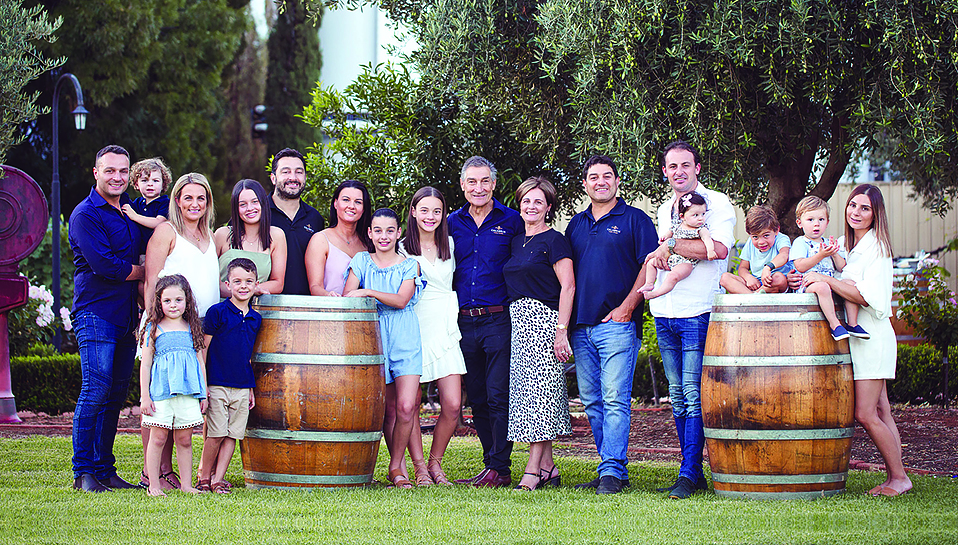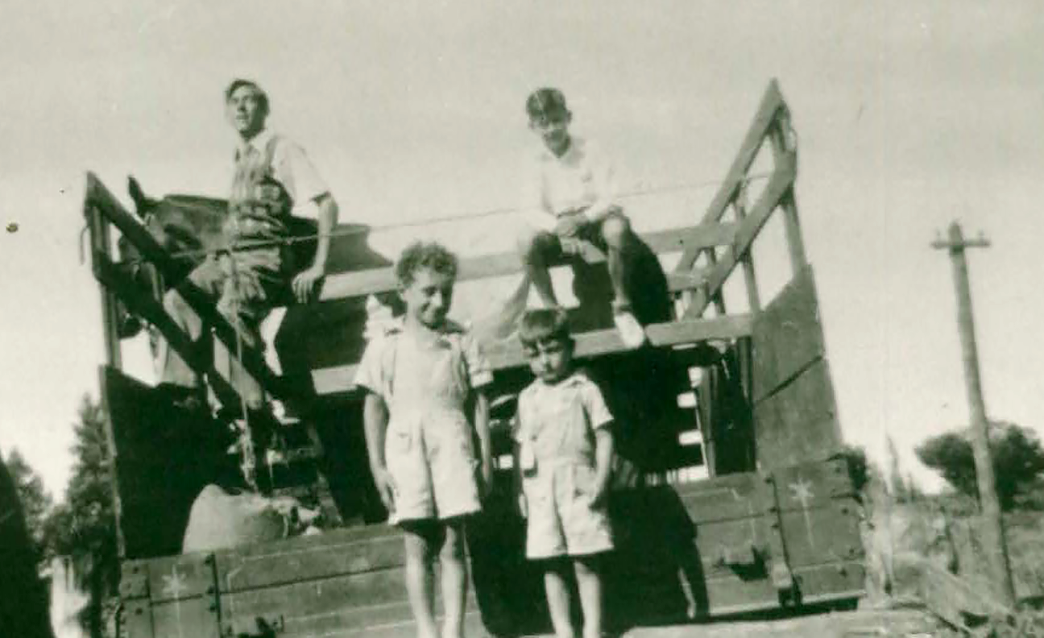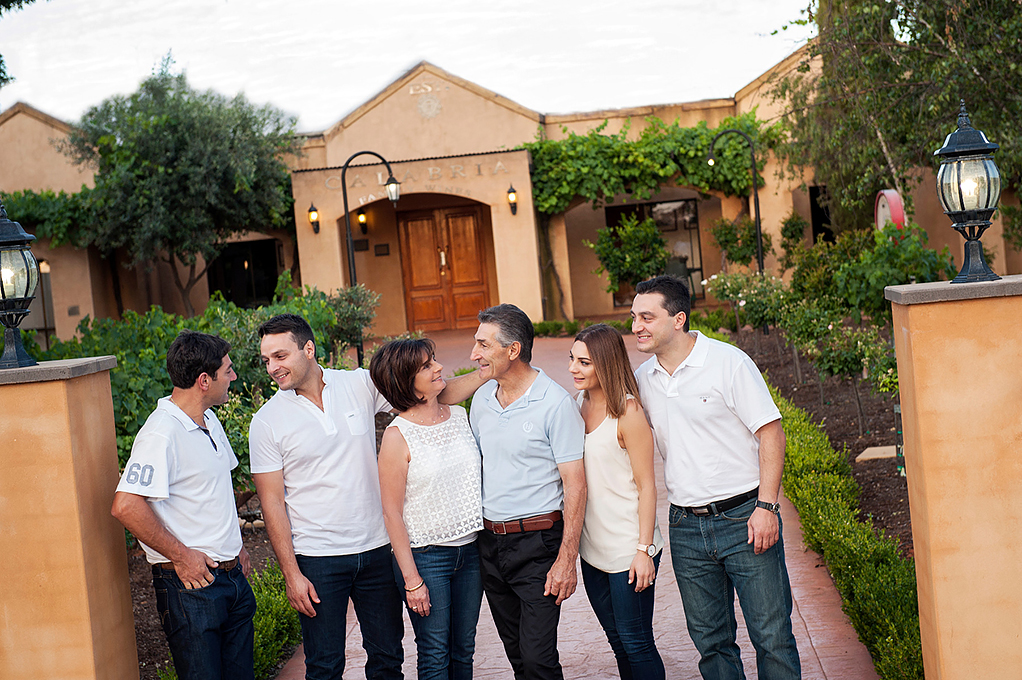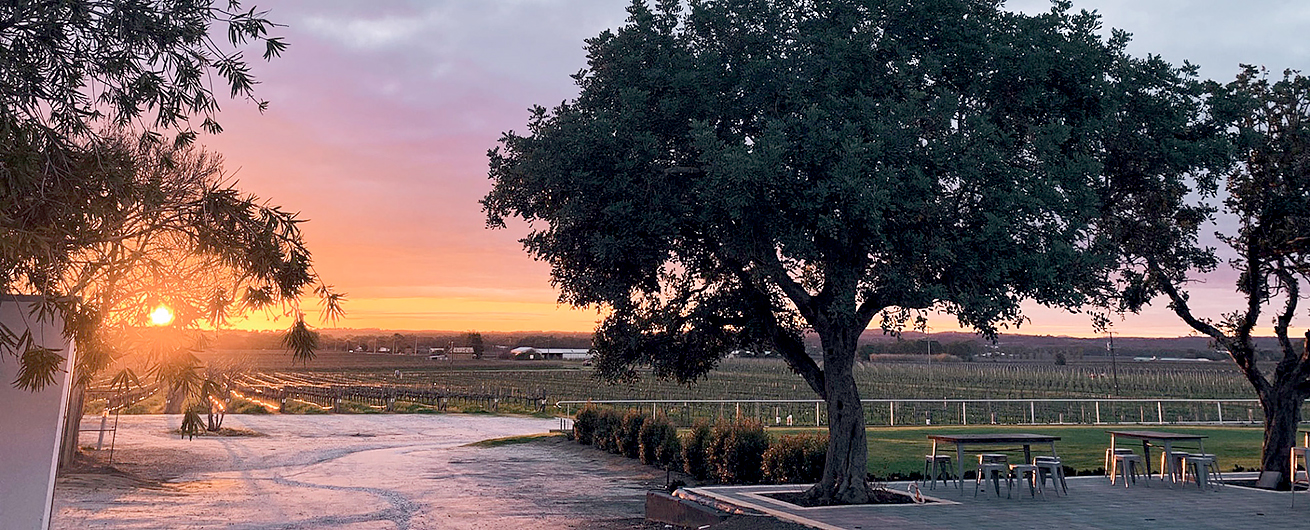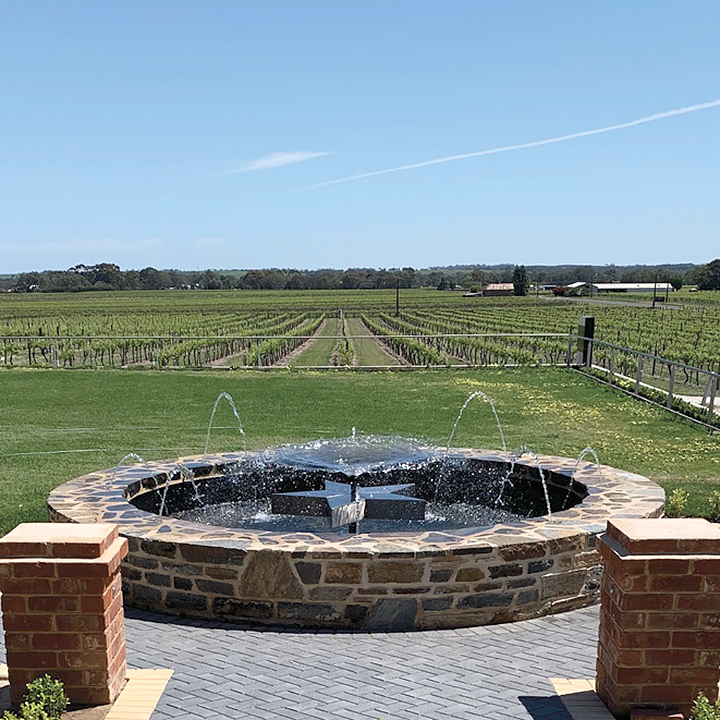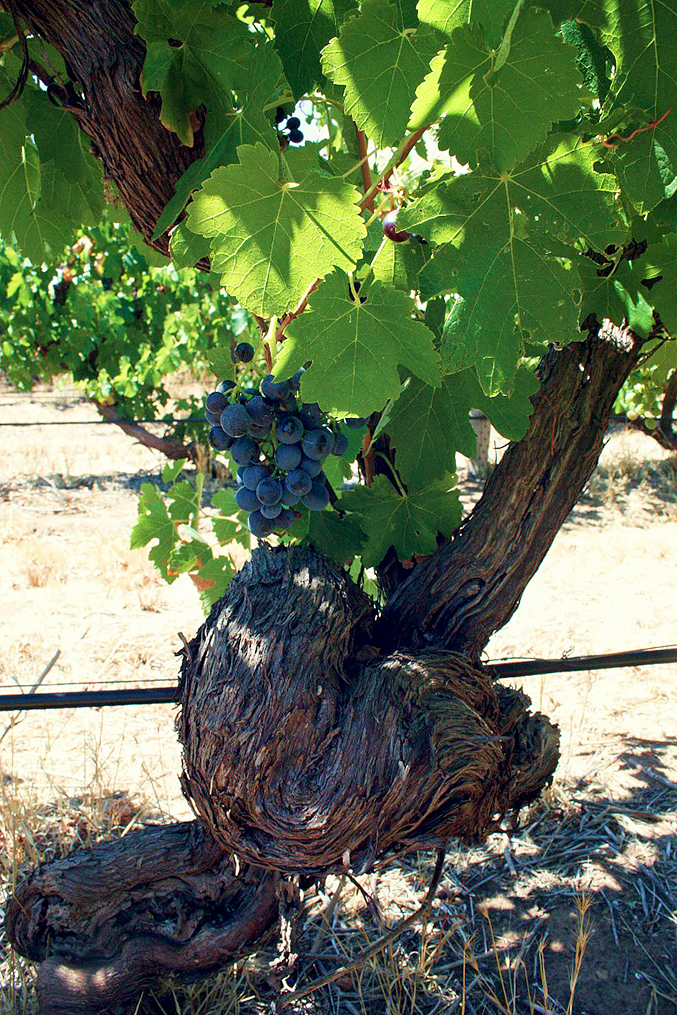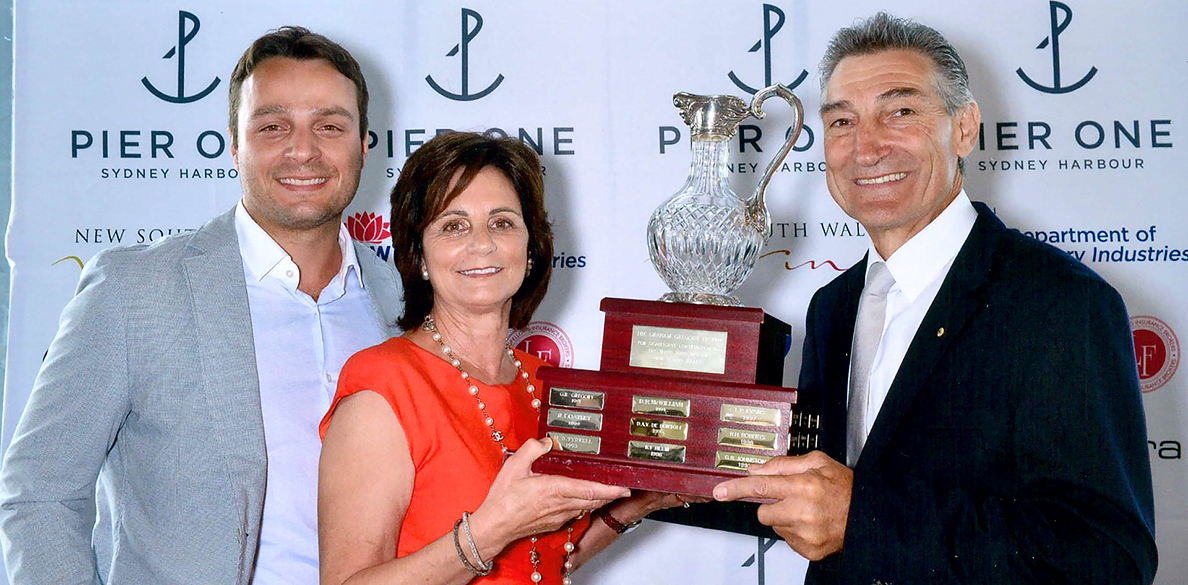Deep ruby color; blackberry, eucalyptus, graphite on the nose; black cherry, blackberry, blueberry, redcurrant, boysenberry, mocha, oak on the palate.
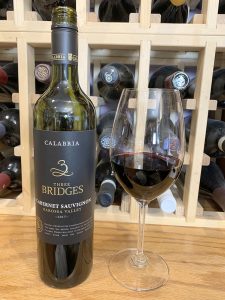
Dry; rich, brooding, big boy bottle from Barossa. Chewy, muscular tannins with nicely balancing acidity (3.55 pH). After the first two tastes, I decanted. It became much more accessible both on the nose and in the mouth. This is not a pop-and-pour. Excellent texture in the mouth. Full body. Emphatic fruit. 14.5% ABV
The grapes come from various Barossa Valley sources. The tasting notes: “The grapes are from a blend of the family’s and growers fruit. Vineyard sources stretch from Nuriootpa, to Vine Vale, through to Stockwell, Barossa Valley. Soil types range from sand over clay to deep uniform to gradational soil and hard red brown soil.” Calabria Family Wines owns three Barossa vineyards.
The fruit comes from 20-50-year-old, low-yielding vines. Bill Calabria de-stems clusters on arrival, carefully trying to leave most berries intact. Fermentation occurs in open-top concrete fermenters, with punch down twice a day during the week-plus of fermentation. The juice then moves to stainless to complete fermentation and undergo malolactic fermentation. Racked and transferred to 100% French oak hogsheads for 10 months of aging on wood.
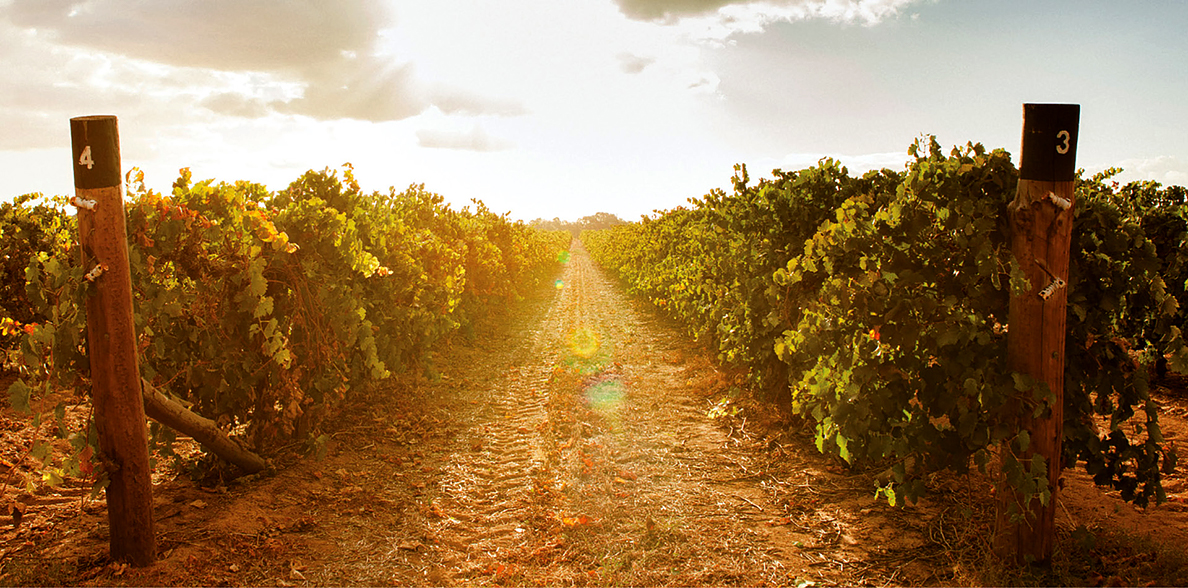
Chief winemaker Emma Norbiato notes: “The 2017 3 Bridges Cabernet Sauvignon is full bodied & shows more restraint and elegance than previous years. This is partly due to vintage variation, but also winemkaing direction to create a more modern style of Barossa Valley Cabernet”
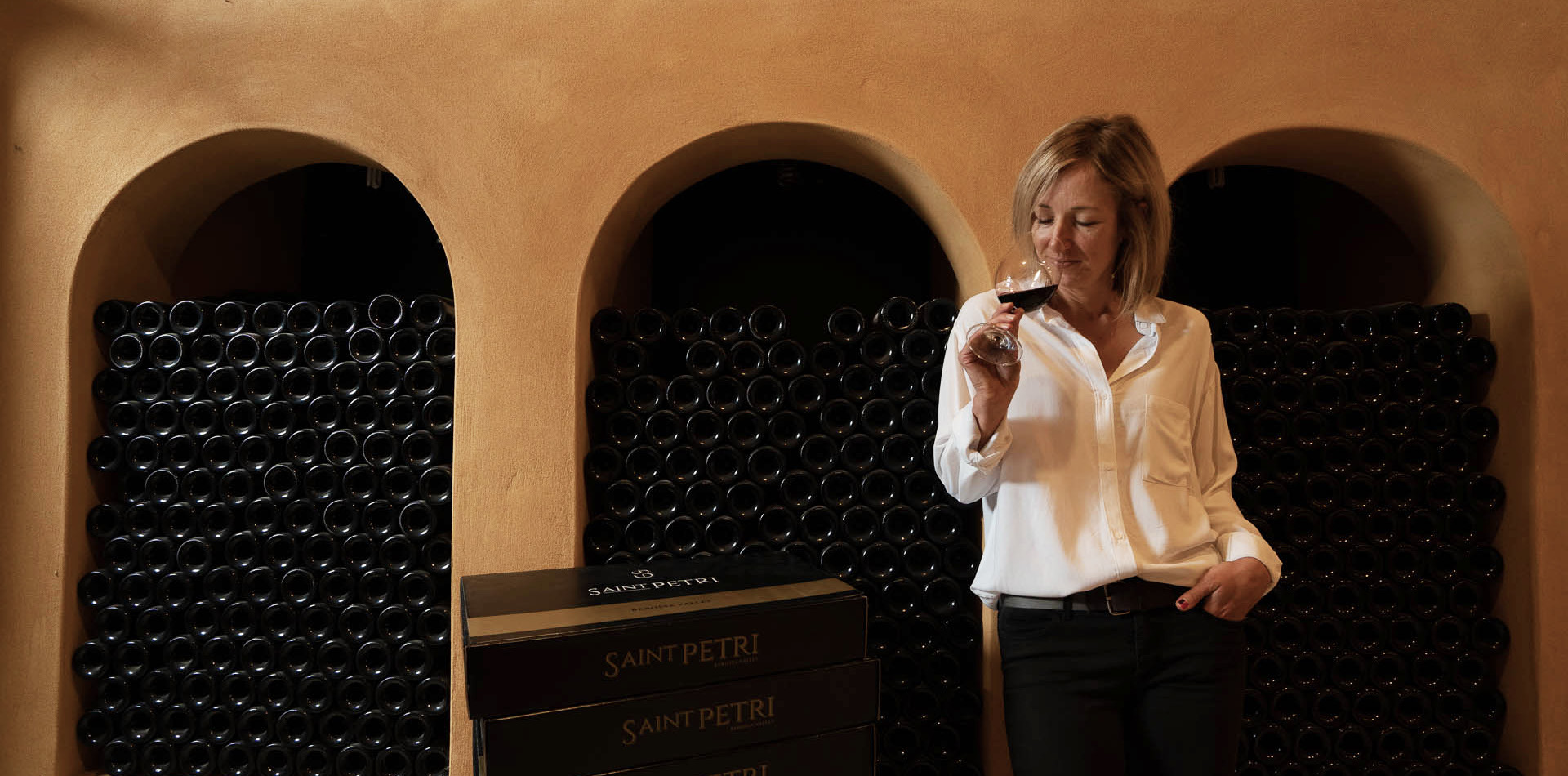
The label pays homage to three bridges built in the early 1900s adjacent to the winery. The bridges span a watercourse that brings water from the iconic Snowy Mountains, the highest mountain range in Australia with peaks higher than 7,300 feet. The Snowy Mountains contain ski resorts and Alpine lakes, things usually not associated with Australia.
The Calabria Wines story began in 1927 when founder Domenico Calabria migrated from southern Italy, followed by his son, Francesco, in 1929. When Francesco saved enough money, his wife, Elisabetta joined him in 1934. The family established their winery in 1945.
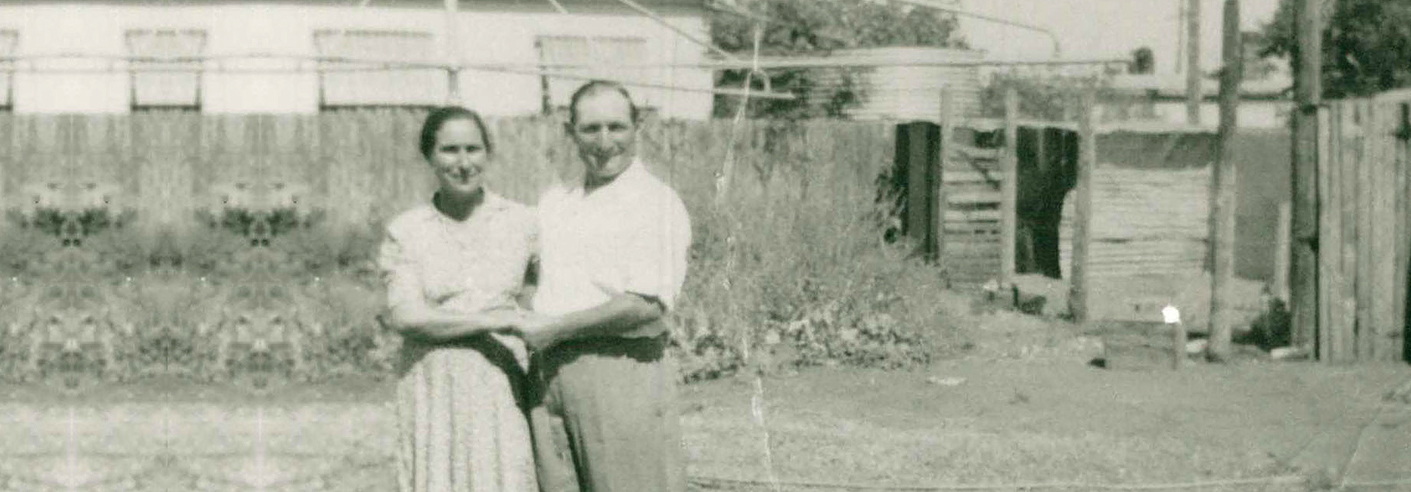
A second generation of Calabria joined in the family business in 1951. In 1966, Francesco’s son, Bill, took over management of the winery, working with his brother, Tony. In 1970, the brothers released their first wines under the Calabria label. Then came trying times in the 1980s. The website notes: “The Australian wine industry was in the doldrums. A persistent Bill handles the downturn by washing bottles for larger wineries, not ideal but it saved the family business and provided the opportunity to produce wines for the export market in the early ’90s when demand for Australian wine grew.”
By 1996, Calabria was booming. Bill took production from 280 tonnes to 950 tonnes with enlarged participation in the export market (a metric ton; it is slightly more than a U.S. ton; 950 tonnes is 1,047 US tons). By 2006, the crush reached 8,000 tonnes (8,818 US tons). Emma Norbiato is the chief winemaker.
Calabria Wines Three Bridges Cabernet Sauvignon, Barossa Valley 2017 is big wine from the Barossa valley but delivers some elegance. That said, you get the full weight and dense mouthfeel of an Aussie red. Decanting almost mandatory, which rounds out and integrates the boisterous elements of this pour. Vivid, tasty fruits. Pair with slow-cooked beef brisket with roast vegetables; beef in general; lamb. $25-30
